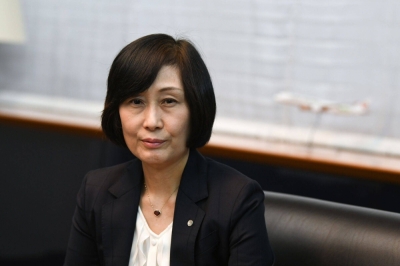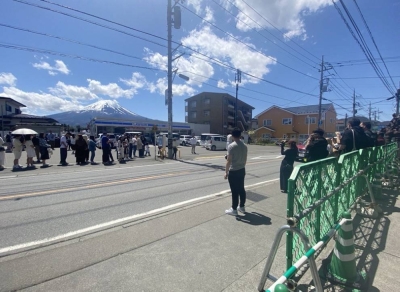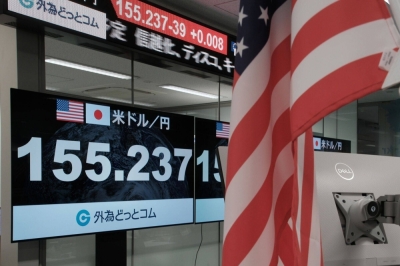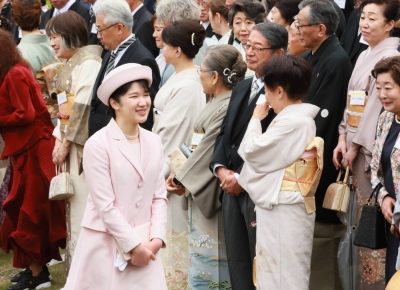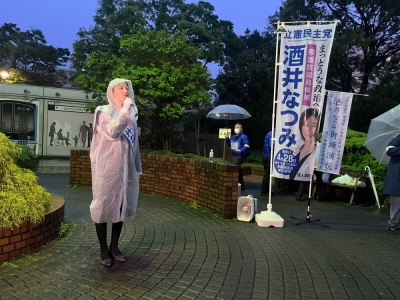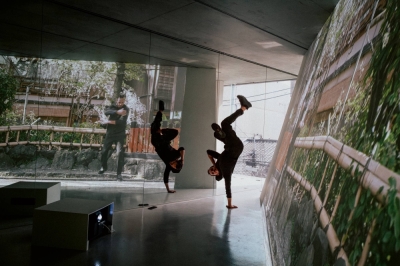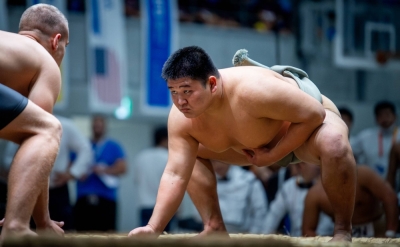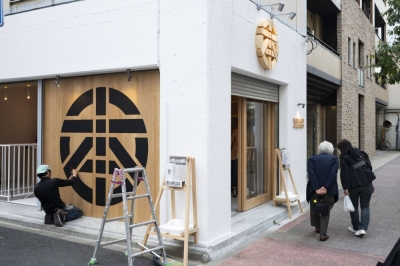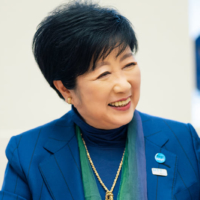WORDS TO LIVE BY
Oct 17, 2014
Aug 15, 2014
Jun 27, 2014
May 23, 2014
Feb 27, 2014
Sep 24, 2013
May 22, 2013
Apr 24, 2013
Mar 27, 2013
Feb 26, 2013
Jan 22, 2013
Dec 25, 2012
Nov 27, 2012
Oct 23, 2012
Aug 28, 2012
Jul 24, 2012
Jun 26, 2012






















